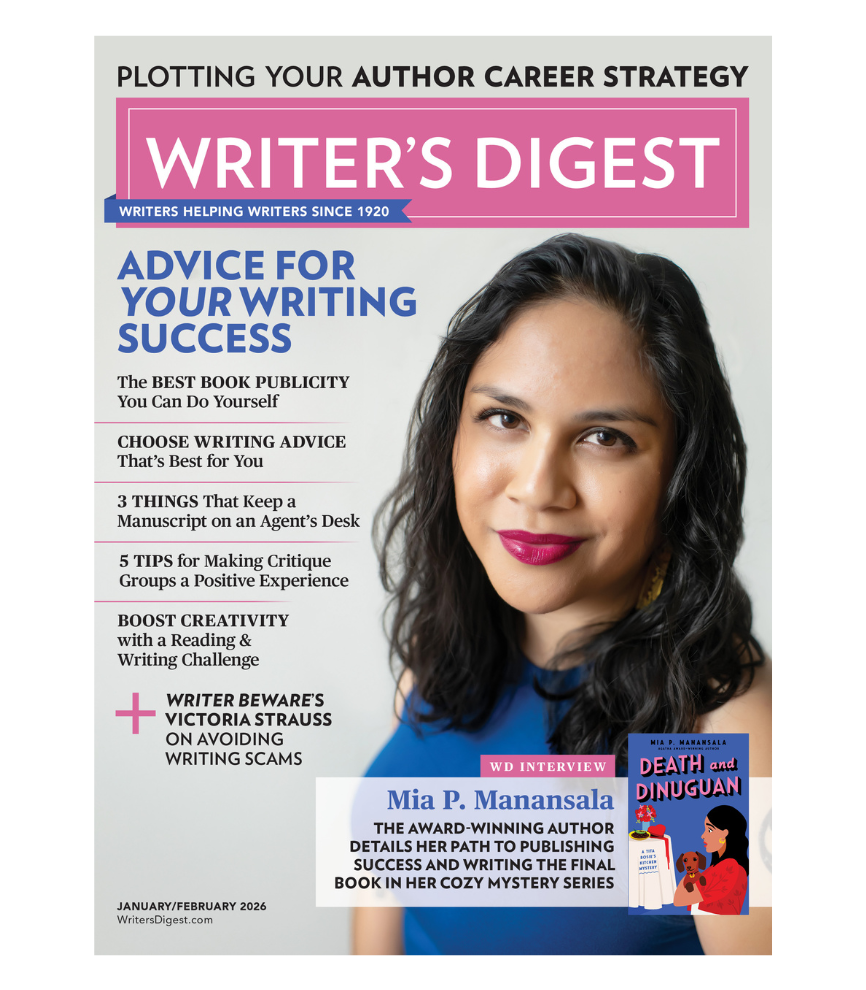How to Prepare for NaNoWriMo: To Outline or Not To Outline
November is almost here, which means two things: 1) You’re going to be seeing a lot of mustaches and 2) it’s time to start preparing for National Novel Writing Month (NaNoWriMo). Before November 1 hits, study these key tips on outlining.
November is almost here, which means two things: 1) You're going to be seeing a lot of mustaches and 2) it's time to start preparing for National Novel Writing Month (NaNoWriMo).
Over the coming weeks, with the help of my friend and author Kevin Kaiser, I'm going to offer some tips on how to prepare for and accomplish the NaNoWriMo goal of writing 50,000 words in 30 days. Let's get this started with this guest post from Kevin on outlining your story before the November 1 start date.
This guest post is by Kevin Kaiser, who has helped authors and publishers reach over 20 million fans worldwide. His online community, 1KTrueFans, helps writers find their voice, build an audience from scratch and create for a living.
Follow him @1KTrueFans.
Should You Outline Ahead of Time?
It’s an age-old debate: Should writers meticulously outline a story before beginning or should they simply sit down at the keyboard and start typing, blindly trusting that the characters will reveal what should happen next?
Like most things in life, I believe it’s both/and, not either/or. Even the most fly-by-the-seat-of-your-pants writer has a general idea of where things are going, if only in her head. But what is a NaNoWriMo participant supposed to do? After all, thirty days goes by quickly.
1. Realize that NaNoWriMo is, above all, about finishing.
About 250,000 people began NaNoWriMo last year, according to the Office of Letters and Light, the non-profit behind the writing program. Only about 33,000 people actually finished the challenge and put 50,000 words to paper—that’s just 14 out of 100 people!
NaNoWriMo is about finishing, and not creating the next great American novel. It’s about proving to yourself that you can lay down at least 1,600 words per day for a whole month even if they’re a spectacular mess.
I wonder how many of the 86% that didn’t finish spent so much time overthinking their story that they simply didn’t write it. In the case of NaNo, do not allow perfectionism or fear creep in and paralyze you.
2. Identify the story arc.
Knowing what your story is about is very important, and you should have an idea where it’s heading. That simple knowledge will solve many of your problems when you feel the story beginning to lock up.
Once you have a sense for what your story is about, break it up into three “acts” and write a few sentences about what happens in each one. For example:
In Act 1, the protagonist sees herself on a missing person’s database and realizes her life is all a lie. She escapes her captor, who happens to be her husband, but he takes their two-year old daughter hostage.
In Act 2, the protagonist is the on the run because we learn her husband famed her for a murder. Now the FBI is pursuing her. At the end, she hunts her husband down.
In Act 3, she saves her daughter and gets her life back. The husband dies.
3. Once you have the arc, break the story into chapter “sketches”.
Again, keep it simple. Write two or three sentences for each chapter that give you a general direction when you sit down to write. Be flexible. The story will present itself in detail as you go, but this approach will give your imagination a springboard.
For this story, we’ll shoot for an overall word count of 50,000 words that’s broken into 30 chapters, one for each day of NaNoWriMo. That’s 1,667 words per day, which is roughly five and a half pages. Here’s what it might look like:
Chapter 1: Liz, the protagonist, is online one day and discovers her profile on a national missing persons website. She shows it to her husband, who begins acting manic.
Chapter 2: Liz realizes that it must be true. She puts the pieces together and decides she should go to the police. When she tries, her husband knocks her out.
Chapter 3: Liz awakes in a box. A coffin? She’s been buried alive and tries to get out.
Thinking through the book in broad terms like this will help you envision it more fully as you go forward.
4. Act. Start writing and don’t look back.
Once you have a skeleton framework, start. Act. Write. Don’t get preparation paralysis. The only way to write a novel is one word at a time. The only way to write each of those words, however unsatisfactory they might be, is to write them. Books don’t write themselves.
From the beginning, realize that it’s okay to stray from your sketched-out story. In fact, you should as you dive into it. Stories have a way of evolving as they unfold in the process, buy you must be in motion, moving the story forward, in order for it to present itself.
Want to have the first draft of your novel finished in a month?
Let us help. Order Write Your Novel in 30 Days and get nuts-
and-bolts advice on how to make that happen.
Click here to download it now.
Good luck to all of you who take on the challenge this year and participate. Keep me posted on your success and feel free to share any tips you may have right here!
Thanks for visiting The Writer’s Dig blog. For more great writing advice, click here.
*********************************************************************************************************************************
Brian A. Klems is the online editor of Writer’s Digest and author of the popular gift bookOh Boy, You’re Having a Girl: A Dad’s Survival Guide to Raising Daughters.
Follow Brian on Twitter: @BrianKlems
Sign up for Brian’s free Writer’s Digest eNewsletter: WD Newsletter
Brian A. Klems is the former Senior Online Editor of Writer’s Digest, and author of Oh Boy, You’re Having a Girl (Adams Media/Simon & Schuster). Follow him on Twitter @BrianKlems.








